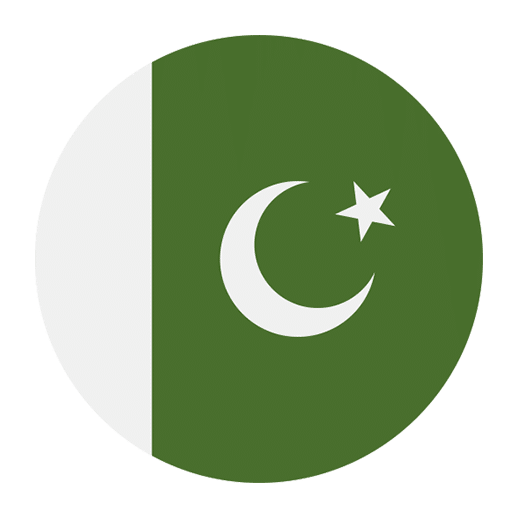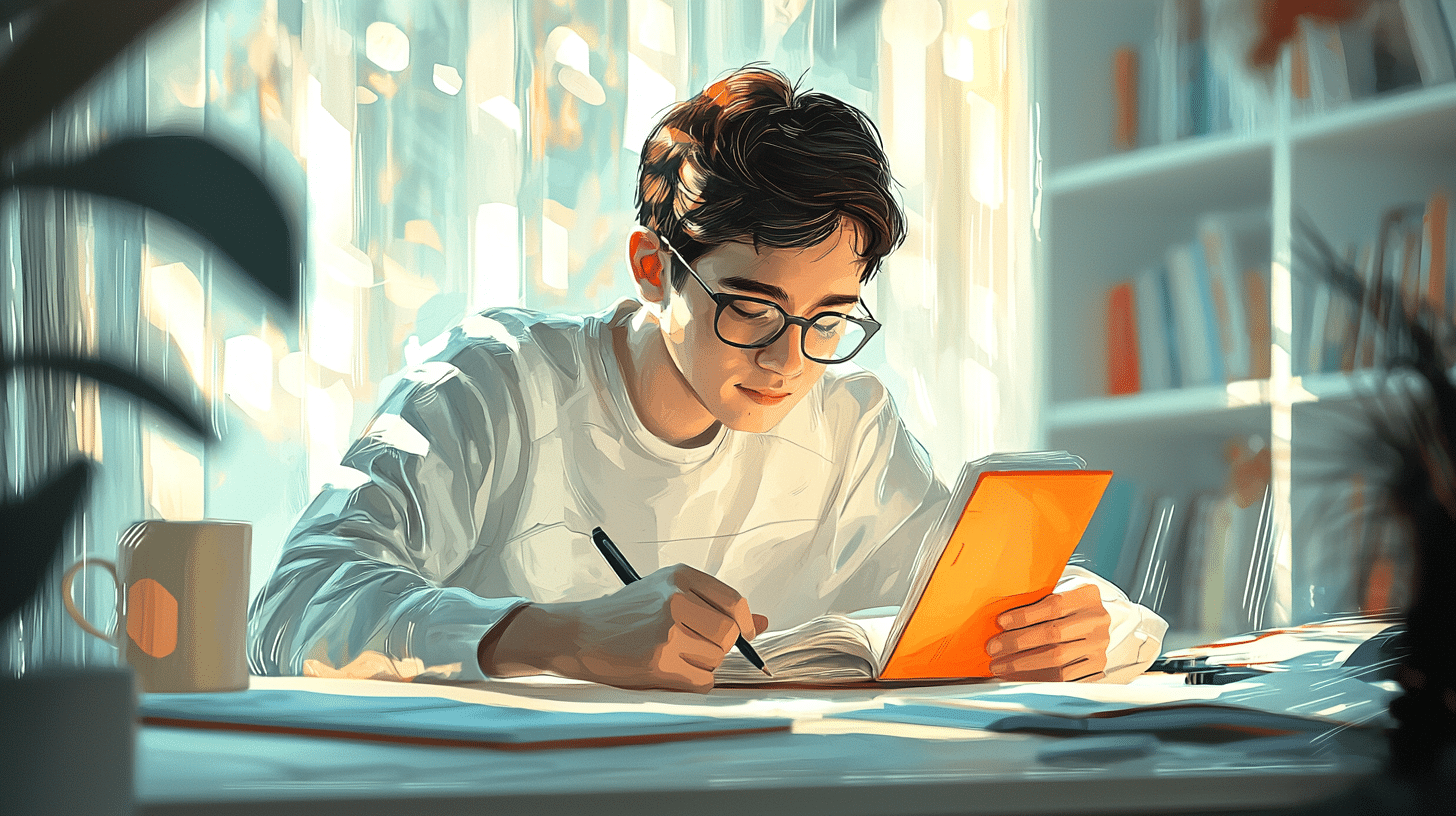Learning a new language is a journey that opens up a world of cultural and literary richness. Urdu, with its poetic beauty and historical significance, is a language that has enchanted many. For those who love literature, knowing the Urdu words for different types of fiction can be particularly rewarding. This article will guide you through the essential Urdu vocabulary for various genres of fiction, helping you appreciate and understand Urdu literature more deeply.
Classical Fiction
In Urdu literature, classical fiction has a rich and storied tradition. Here are some terms you should know:
Dastaan: The term dastaan refers to a traditional form of storytelling that often involves fantastical elements, epic tales, and heroic exploits. It is comparable to the concept of an epic in Western literature. One of the most famous examples is the “Dastan-e-Amir Hamza,” a collection of stories about the adventures of Amir Hamza.
Qissa: A qissa is a short story or tale, often with a moral lesson or philosophical undertone. These stories are usually concise and focus on a single event or character. An example is the “Qissa Chahar Darvesh,” which is a collection of stories about four dervishes.
Masnavi: A masnavi is a type of long, narrative poetry that often explores romantic or spiritual themes. It is written in rhyming couplets, and one of the most famous examples is the “Masnavi” by the Persian poet Rumi, which has been translated into Urdu.
Modern Fiction
Modern Urdu fiction has evolved to include various genres that reflect contemporary themes and issues. Here are some key terms:
Afsana: The word afsana refers to a short story. Modern Urdu literature has a rich tradition of short stories, with authors like Saadat Hasan Manto and Ismat Chughtai making significant contributions. These stories often explore social issues, human relationships, and existential themes.
Novel: Just like in English, the term novel is used in Urdu to refer to a long, fictional narrative. Urdu novels cover a wide range of genres, including romance, social issues, and historical fiction. One of the most famous Urdu novels is “Umrao Jaan Ada” by Mirza Hadi Ruswa.
Drama: The term drama in Urdu refers to a play or theatrical work. Urdu drama has a rich tradition, with playwrights like Saadat Hasan Manto and Imtiaz Ali Taj contributing significantly to the genre. These works often explore complex social and political themes.
Genre Fiction
Urdu literature also encompasses various genres of fiction, each with its unique terminology:
Romantic Fiction: The term for romantic fiction in Urdu is romantic afsana or romantic novel. These stories focus on love and relationships, often with dramatic twists and turns. Notable authors in this genre include Razia Butt and Umera Ahmed.
Historical Fiction: The term for historical fiction in Urdu is tareekhi afsana or tareekhi novel. These stories are set in a specific historical period and often incorporate historical events and figures. An example is “Aag Ka Darya” by Qurratulain Hyder.
Science Fiction: The term for science fiction in Urdu is ilm-e-khayali afsana or science fiction. Although less prevalent than other genres, Urdu science fiction explores futuristic concepts and technological advancements. Authors like Ibne Safi have made contributions to this genre.
Fantasy: The term for fantasy fiction in Urdu is khayali afsana. These stories often involve magical elements, mythical creatures, and fantastical worlds. While not as common as other genres, fantasy fiction in Urdu offers a unique and imaginative reading experience.
Children’s Fiction
Children’s fiction is an important part of Urdu literature, aimed at young readers and often carrying moral lessons. Key terms include:
Bachon Ki Kahani: The term bachon ki kahani refers to children’s stories. These tales are usually simple, engaging, and carry a moral lesson. Authors like Ishtiaq Ahmed have written numerous children’s stories that are both entertaining and educational.
Bachon Ka Afsana: Similar to bachon ki kahani, this term also refers to children’s fiction but is often used to denote slightly longer stories or novellas for children. These stories can cover a range of themes, from adventure to fantasy, always aiming to capture the young readers’ imagination.
Poetry
Although not fiction in the traditional sense, poetry is a significant part of Urdu literature and often tells fictional stories or explores fictional themes. Key terms include:
Ghazal: The ghazal is a lyrical poem that typically expresses love, loss, and longing. It consists of rhyming couplets and a refrain, with each line sharing the same meter. Famous ghazal poets include Mirza Ghalib and Faiz Ahmed Faiz.
Nazm: A nazm is a poem that can cover a wide range of themes, from love to social issues. Unlike the ghazal, it does not follow a strict rhyme scheme or meter. It is a more free-form style of poetry, allowing for greater creative expression.
Rubai: The rubai is a quatrain, a four-line poem that often explores philosophical or existential themes. It is a concise and impactful form of poetry, with poets like Omar Khayyam contributing to its popularity.
Influence of Persian and Arabic
Urdu literature has been significantly influenced by Persian and Arabic literary traditions. This influence is evident in the vocabulary and themes of Urdu fiction. Here are some key terms borrowed from these languages:
Hikayat: Borrowed from Arabic, the term hikayat refers to a moral tale or anecdote. These stories are often didactic, teaching a lesson or illustrating a moral principle. They are similar to fables in Western literature.
Qasida: From Persian literature, a qasida is a form of laudatory or panegyric poetry. While not fiction in the strictest sense, qasidas often tell stories of praise and admiration for a person, event, or concept.
Gulzar: The term gulzar, meaning “rose garden” in Persian, is often used metaphorically in Urdu literature to describe a collection of poems or stories. It signifies a rich and varied literary anthology.
Contemporary Trends
Urdu fiction continues to evolve, reflecting contemporary issues and trends. Here are some modern terms and concepts:
Postcolonial Fiction: This genre explores the impact of colonialism and the postcolonial experience. In Urdu, it is often referred to as mustamlikati afsana. Authors like Bapsi Sidhwa and Mohsin Hamid have explored these themes in their works.
Feminist Fiction: Feminist themes are increasingly prevalent in modern Urdu literature. This genre, known as feminist afsana or feminist novel, explores women’s experiences, rights, and issues of gender equality. Writers like Ismat Chughtai and Qurratulain Hyder have made significant contributions to this genre.
Experimental Fiction: This genre, known as tajurbati afsana in Urdu, pushes the boundaries of traditional storytelling. It often includes unconventional narrative structures, styles, and themes. Contemporary writers are increasingly exploring this genre to offer fresh and innovative perspectives.
Conclusion
Understanding the Urdu words for different types of fiction not only enriches your vocabulary but also deepens your appreciation of Urdu literature. From classical tales of heroism and romance to modern explorations of social and political issues, Urdu fiction offers a diverse and compelling literary landscape. Whether you are a beginner or an advanced learner, familiarizing yourself with these terms will enhance your reading and comprehension skills, allowing you to fully immerse yourself in the beauty and depth of Urdu literature. So, dive into the world of Urdu fiction and let the stories captivate your imagination.

